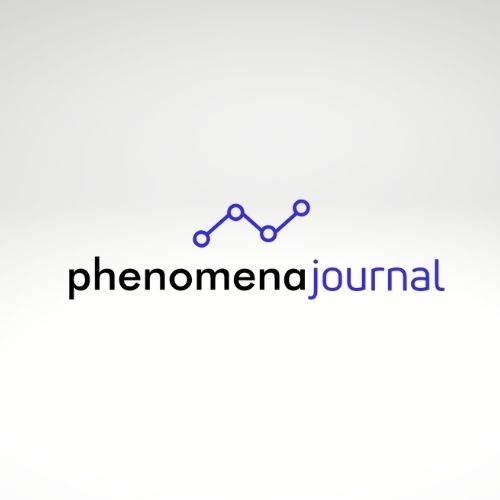Adolescenti autistici ad alto funzionamento: un’ipotesi di studio sull’efficacia del trattamento integrato per il disturbo ossessivo compulsivo

Pubblicato 13.07.2021
Come citare
Abstract
Several studies have demonstrated the effectiveness of the integrated treatment of obsessive compulsive disorders in neurotypical subjects. This type of treatment consists of using different theoretical and methodological approaches which, together, aim to promote a trans-theoretical model of change in subjects with OCD, a model in which it is important to highlight the steps from beliefs (I must) to attitudes (I want to) to strategic intentions (I can) and from intentions to actions (I act).
The integrated treatment, therefore, proposes to use a wide range of different approaches, that together, may succeed in signifying and treating the complexity of the DOC.
Among the aforementioned approaches we consider:
- The Humanistic-Existential Approach (essential for creating an empathic relationship with the patient based on unconditional acceptance and self-disclosure);- Ellis's Cognitive-Rationalist Approach (ABC Model) and / or the Cognitive-Constructivist Approach (facilitation awareness of dysfunctional cognitive schemes and the restructuring of these for the management of anxiety and the activation of adaptive behaviors);- The Integrated Gestalt Approach (awareness of the emotional-affective need that underlies the symptom).
The article in question therefore proposes to reflect on the possible effectiveness the aforementioned integrated treatment may have with regard to both Axis I and Axis II DOCs of the DSM-V in adolescent subjects and / or young adults, affected in turn by a high functioning autistic spectrum disorder, and to also consider the possibility of adapting this type of integrated treatment to those principles and scientific tools of applied behaviour analysis in autism.
KEYWORDS: Obsessive Compulsive Disorder; High Functioning Autism; Integrated Treatmen
ABSTRACT IN ITALIANO
Diversi studi hanno dimostrato l’efficacia del Trattamento Integrato dei Disturbi Ossessivi Compulsivi in Soggetti Normotipici. Tale tipologia di Trattamento consiste nell’utilizzare Approcci Teorici e Metodologici differenti che, insieme, hanno come obiettivo quello di promuovere un Modello Transteorico del Cambiamento in Soggetti con DOC, modello in cui è importante evidenziare i passaggi dalle convinzioni (devo) agli atteggiamenti (voglio) alle intenzioni strategiche (posso) e dalle intenzioni alle azioni (agisco).
Il Trattamento Integrato, dunque, si propone di utilizzare una molteplicità di Approcci Differenti che, insieme, possano riuscire a significare e a trattare la complessità dei DOC.
Tra i suddetti Approcci si considerano:
- L’Approccio Umanistico-Esistenziale (fondamentale per la creazione di una relazione empatica con il paziente basata sull’accettazione incondizionata e l’auto-svelamento);
- L’Approccio Cognitivo-Razionalista di Ellis (Modello ABC) e/o L’Approccio Cognitivo-Costruttivista (facilitazione della consapevolezza degli schemi cognitivi disfunzionali e la ristrutturazione di questi per la gestione dell’ansia e l’attivazione di comportamenti adattivi);
- L’Approccio Gestaltico Integrato (consapevolezza del bisogno emotivo-affettivo che sta alla base del sintomo).
L’Articolo in questione si propone, dunque, di effettuare una riflessione in merito all’eventuale efficacia che il suddetto Trattamento Integrato possa avere anche nei confronti dei DOC sia di Asse I che di Asse II del DSM-V in Soggetti Adolescenti e/o Giovani Adulti affetti, a loro volta, da un Disturbo dello Spettro Autistico ad Alto Funzionamento considerando, inoltre, la possibilità di adattare tale Tipologia di Trattamento Integrato a quelli che sono i Principi e gli Strumenti Scientifici dell’Analisi Applicata del Comportamento nell’Autismo.
PAROLE CHIAVE: Disturbo Ossessivo Compulsivo; Autismo ad Alto Funzionamento; Trattamento Integrato.
